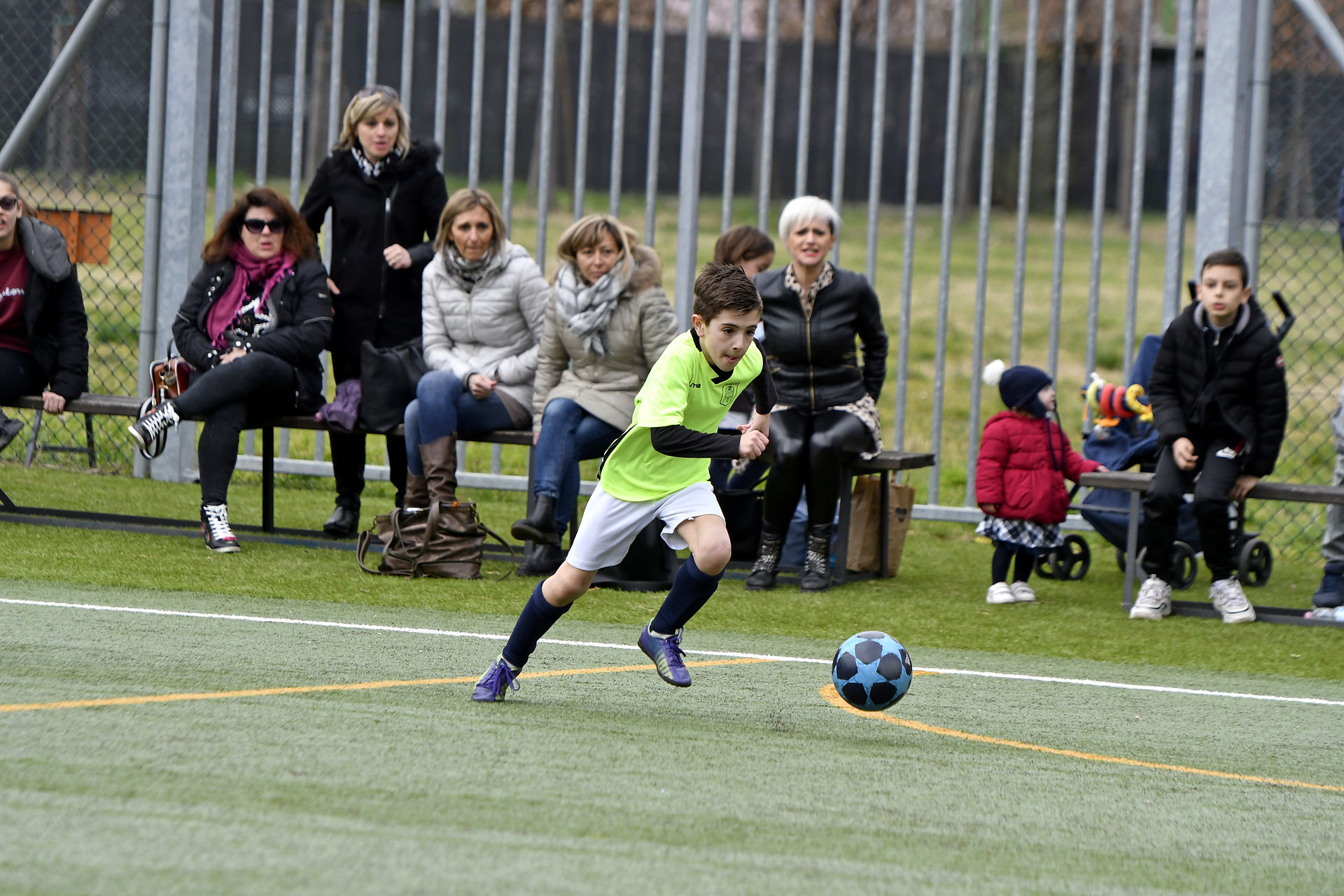
The Partnership for Healthy Playing Surfaces
Parents
For parents of young athletes, health and safety concerns are understandably their top priority, so it's important that they are made fully aware of the pros and cons of different playing surfaces.
Artificial turf fields offer virtually full-time access, allowing play regardless of the weather, but artificial turf fields can expose players to potentially high levels of harmful chemicals from both the plastic “grass” and the infill cushioning material. The use of other chemicals of concern, including flame retardants and PFAS chemicals, as well as disinfectants, is making decision makers pause.
Athletes also suffer more injuries playing on artificial turf fields compared to natural grass fields due to the hardness of the turf (G max rating) and the unnatural resistance when placing a foot.
This issue alone has made professional athletes prefer natural grass fields.
Dangerously high temperatures recorded on artificial turf fields on hot, sunny days can put players at risk for potentially serious heat-related health problems. More frequent water breaks are a necessity and many players concur that the heat issue impacts their ability to perform their best.
Finally, there is always potential for body fluid contamination on a playing field during normal sports activities, including blood, saliva, sweat and vomit. Natural grass fields have the advantage of soil microbes to help break down pathogens, but plastic surfaces on artificial turf need to be disinfected after games to ensure safety. However, in practice, this is rarely done, if ever, and the use of chemical disinfectants (pesticides) adds an additional concern for the health and safety of players.
Well maintained grass fields without chemical inputs provide safe and competitive playing surfaces.